- Online car rental since 2005

Car Rental Malta
Save time and money. We compare the offers of car rental companies in Malta on your behalf.
- Free cancellation Up to 48 hours prior to the scheduled pick-up time
- Best price guarantee Have you found a better price? Let us know and we will make you a better offer.
- 24000+ pick-up locations Locations around the world

Car Rental Malta
EasyTerra Car Rental Malta is an independent car rental comparison site. Our site compares prices from well-known car rental companies so that, as a customer, you can always reserve your car with us at a competitive rate.
Car rental offers in Malta
Whether you're looking for a small rental car or a station wagon for the entire family, we will always have a suitable vehicle at the lowest price. Below are some examples from our selection in Malta.
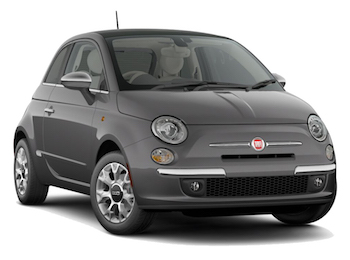
-
SurPrice car rentals From€ 3 /day -
Carwiz rent a car From€ 5 /day -
Goldcar From€ 6 /day
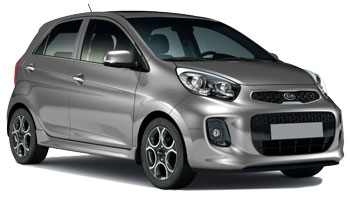
-
SurPrice car rentals From€ 3 /day -
addCarRental From€ 6 /day -
Europcar From€ 7 /day
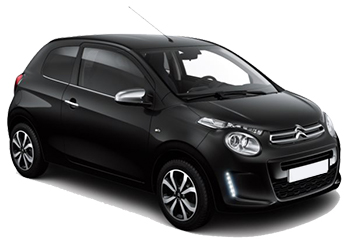
-
Autounion Car Rental From€ 8 /day -
addCarRental From€ 15 /day -
First Car From€ 18 /day
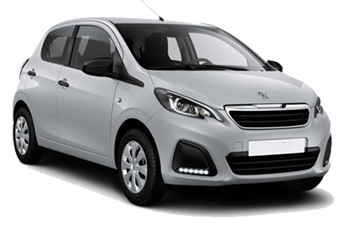
-
SurPrice car rentals From€ 3 /day -
Smart Rent From€ 3 /day -
Carwiz rent a car From€ 3 /day
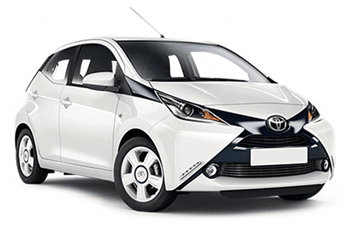
-
Carwiz rent a car From€ 3 /day -
Goldcar From€ 5 /day -
SurPrice car rentals From€ 6 /day
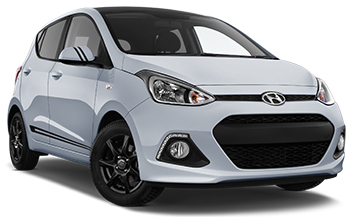
-
Thrifty From€ 8 /day -
Hertz From€ 10 /day -
Budget From€ 10 /day
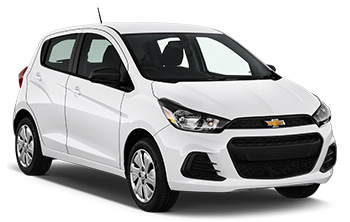
-
Smart Rent From€ 4 /day -
Budget From€ 9 /day

-
Autounion Car Rental From€ 5 /day -
Sicily by Car From€ 5 /day -
addCarRental From€ 6 /day

-
Autounion Car Rental From€ 8 /day -
Green Motion From€ 11 /day -
Europcar From€ 12 /day
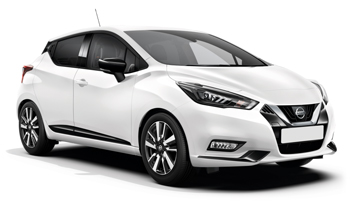
-
SurPrice car rentals From€ 3 /day -
Carwiz rent a car From€ 3 /day

-
SurPrice car rentals From€ 3 /day -
addCarRental From€ 8 /day
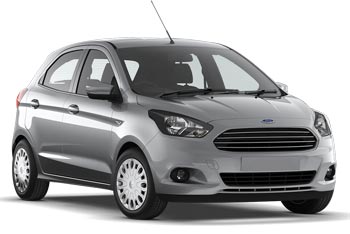
-
Autounion Car Rental From€ 8 /day
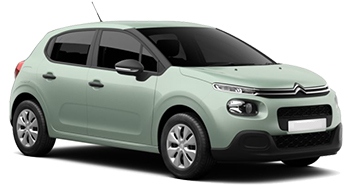
-
SurPrice car rentals From€ 3 /day -
Autounion Car Rental From€ 6 /day -
Zezgo From€ 9 /day
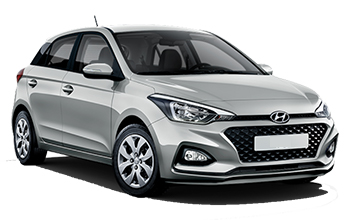
-
Carwiz rent a car From€ 4 /day -
Sicily by Car From€ 6 /day -
FireFly Car Rental From€ 7 /day
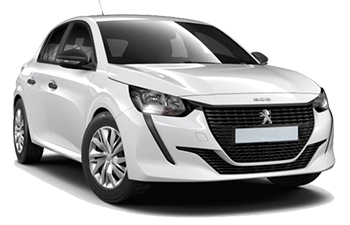
-
Autounion Car Rental From€ 9 /day -
Avis From€ 11 /day -
Alamo From€ 16 /day

-
Carwiz rent a car From€ 4 /day -
Autounion Car Rental From€ 6 /day -
SurPrice car rentals From€ 7 /day
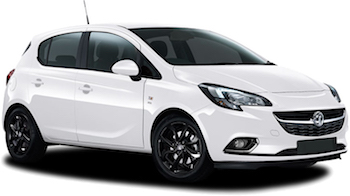
-
Sicily by Car From€ 6 /day -
Autounion Car Rental From€ 7 /day -
First Car From€ 13 /day

-
Thrifty From€ 9 /day -
Hertz From€ 12 /day -
Budget From€ 14 /day
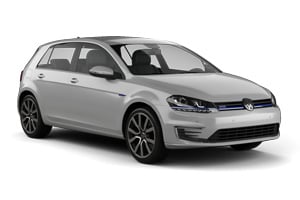
-
SurPrice car rentals From€ 4 /day

-
Smart Rent From€ 5 /day -
Carwiz rent a car From€ 5 /day -
addCarRental From€ 7 /day

-
Thrifty From€ 11 /day -
Hertz From€ 16 /day -
FireFly Car Rental From€ 18 /day
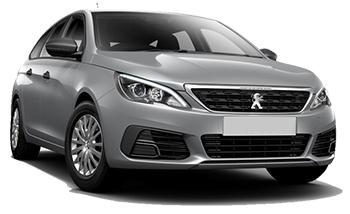
-
Carwiz rent a car From€ 6 /day -
SurPrice car rentals From€ 7 /day -
addCarRental From€ 10 /day
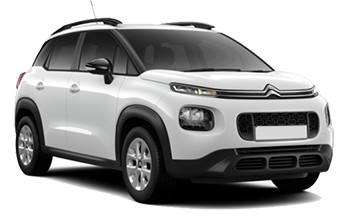
-
Sicily by Car From€ 8 /day -
Autounion Car Rental From€ 9 /day -
First Car From€ 16 /day

-
Autounion Car Rental From€ 14 /day -
Sixt From€ 19 /day -
First Car From€ 25 /day
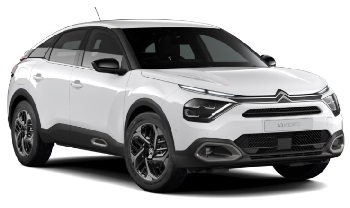
-
Sicily by Car From€ 8 /day -
Goldcar From€ 13 /day -
Europcar From€ 14 /day
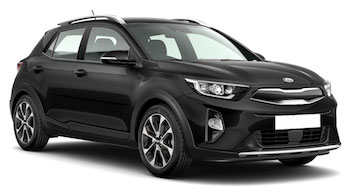
-
FireFly Car Rental From€ 9 /day -
Thrifty From€ 9 /day -
Sixt From€ 15 /day

-
Europcar From€ 14 /day -
addCarRental From€ 18 /day -
Sixt From€ 19 /day
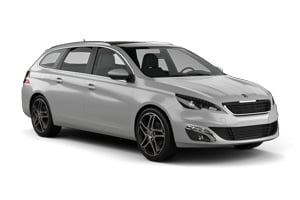
-
Smart Rent From€ 9 /day -
Green Motion From€ 19 /day -
First Car From€ 24 /day
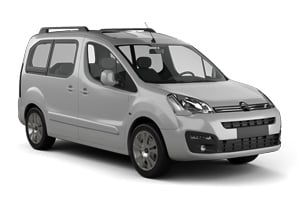
-
Sicily by Car From€ 10 /day -
Carwiz rent a car From€ 23 /day -
Smart Rent From€ 26 /day

-
Smart Rent From€ 22 /day -
Green Motion From€ 25 /day -
First Car From€ 35 /day

-
Sicily by Car From€ 10 /day -
Smart Rent From€ 23 /day
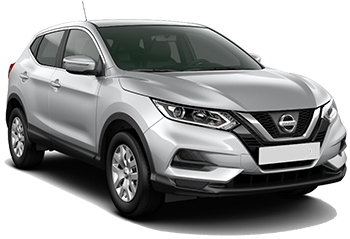
-
Carwiz rent a car From€ 10 /day -
SurPrice car rentals From€ 10 /day -
Autounion Car Rental From€ 21 /day
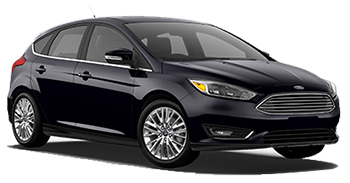
-
Autounion Car Rental From€ 23 /day -
Smart Rent From€ 37 /day
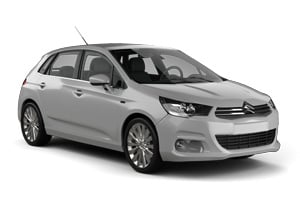
-
addCarRental From€ 11 /day
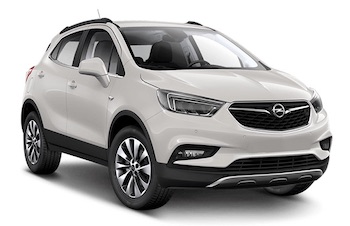
-
Carwiz rent a car From€ 12 /day -
First Car From€ 23 /day -
Sixt From€ 40 /day
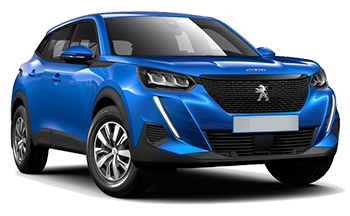
-
Smart Rent From€ 25 /day
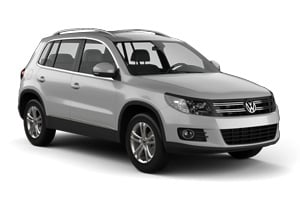
-
Carwiz rent a car From€ 13 /day

-
Smart Rent From€ 19 /day
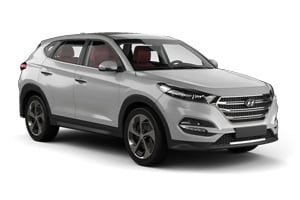
-
Hertz From€ 33 /day -
Thrifty From€ 36 /day

-
Sicily by Car From€ 26 /day

-
Hertz From€ 27 /day -
Thrifty From€ 29 /day
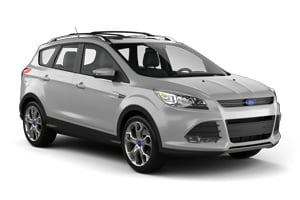
-
Budget From€ 46 /day -
Avis From€ 50 /day
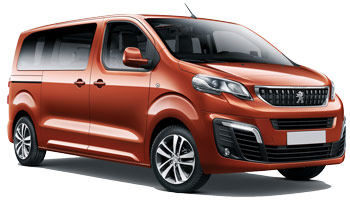
-
Sicily by Car From€ 44 /day -
Autounion Car Rental From€ 67 /day
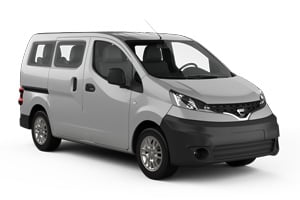
-
Green Motion From€ 57 /day

-
Budget From€ 44 /day -
Avis From€ 48 /day
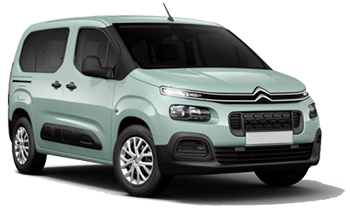
-
SurPrice car rentals From€ 24 /day
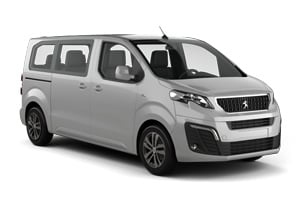
-
Carwiz rent a car From€ 25 /day -
Sicily by Car From€ 46 /day

-
Autounion Car Rental From€ 27 /day -
Europcar From€ 48 /day -
First Car From€ 60 /day
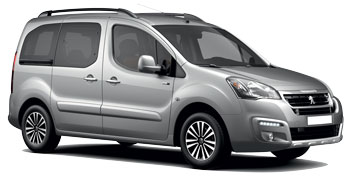
-
Smart Rent From€ 25 /day -
Budget From€ 86 /day
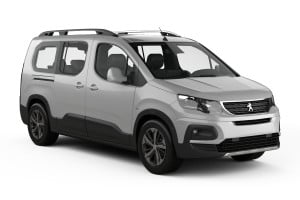
-
addCarRental From€ 27 /day
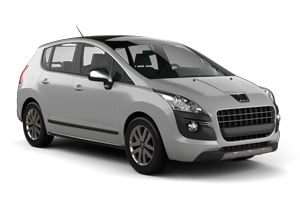
-
Autounion Car Rental From€ 29 /day

-
Autounion Car Rental From€ 27 /day

-
addCarRental From€ 42 /day

-
Autounion Car Rental From€ 27 /day -
Europcar From€ 39 /day -
First Car From€ 48 /day
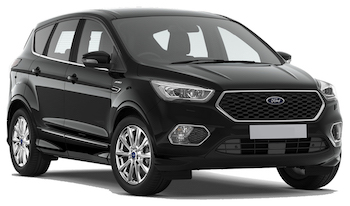
-
Smart Rent From€ 23 /day
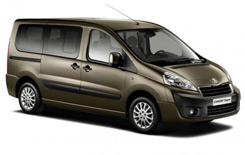
-
Smart Rent From€ 29 /day

-
Smart Rent From€ 37 /day
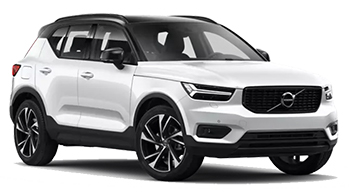
-
Autounion Car Rental From€ 56 /day -
First Car From€ 67 /day

-
Autounion Car Rental From€ 58 /day -
First Car From€ 72 /day

-
Sicily by Car From€ 61 /day
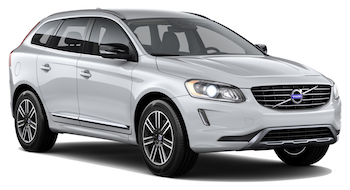
-
Autounion Car Rental From€ 74 /day -
First Car From€ 96 /day

-
Autounion Car Rental From€ 76 /day -
First Car From€ 90 /day
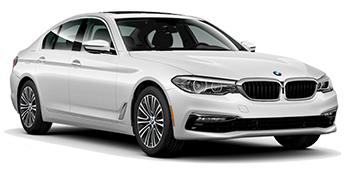
-
Budget From€ 91 /day

-
SurPrice car rentals From€ 9 /day -
Carwiz rent a car From€ 11 /day -
Sicily by Car From€ 11 /day
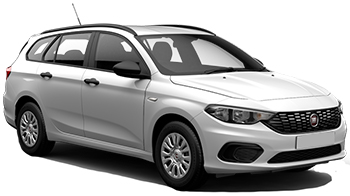
-
Zezgo From€ 14 /day

-
Avis From€ 18 /day -
Green Motion From€ 24 /day -
First Car From€ 35 /day
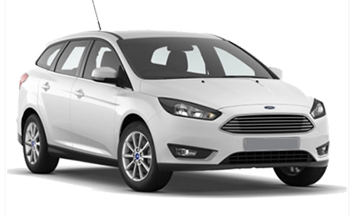
-
Budget From€ 15 /day -
Autounion Car Rental From€ 24 /day

-
Budget From€ 21 /day -
Autounion Car Rental From€ 28 /day
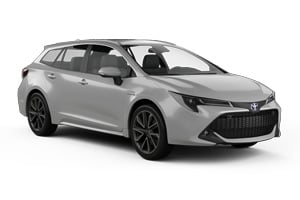
-
Zezgo From€ 18 /day -
Sixt From€ 34 /day
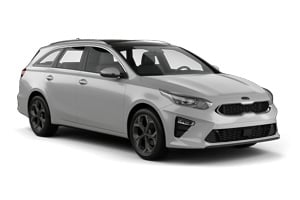
-
addCarRental From€ 35 /day

-
addCarRental From€ 22 /day

-
Sixt From€ 40 /day

-
Carwiz rent a car From€ 25 /day -
Sicily by Car From€ 44 /day -
Autounion Car Rental From€ 67 /day
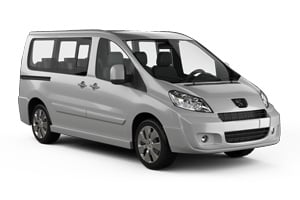
-
Smart Rent From€ 29 /day -
Green Motion From€ 65 /day

-
Autounion Car Rental From€ 55 /day -
Green Motion From€ 57 /day

-
Autounion Car Rental From€ 54 /day -
Green Motion From€ 55 /day

-
Autounion Car Rental From€ 68 /day

-
Green Motion From€ 69 /day -
Smart Rent From€ 109 /day
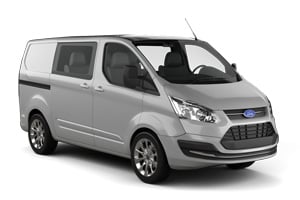
-
First Car From€ 159 /day

-
First Car From€ 171 /day
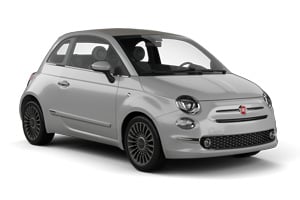
-
Hertz From€ 10 /day -
Zezgo From€ 31 /day

-
Hertz From€ 10 /day
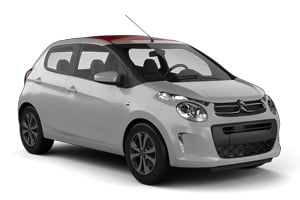
-
addCarRental From€ 11 /day

-
Smart Rent From€ 12 /day -
U-Save Auto Rental From€ 14 /day -
Green Motion From€ 15 /day

-
Green Motion From€ 21 /day -
Avis From€ 47 /day -
Budget From€ 52 /day
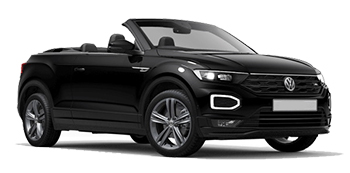
-
Sixt From€ 66 /day

-
Sixt From€ 72 /day

-
Autounion Car Rental From€ 9 /day -
Sixt From€ 17 /day -
Sicily by Car From€ 23 /day

-
Carwiz rent a car From€ 10 /day -
SurPrice car rentals From€ 10 /day -
Autounion Car Rental From€ 21 /day
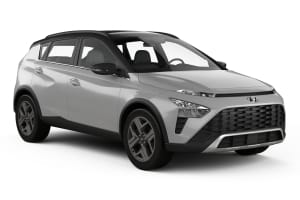
-
Autounion Car Rental From€ 15 /day
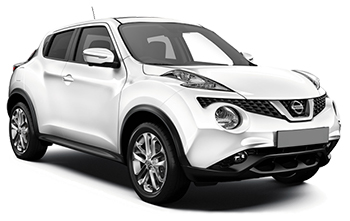
-
Carwiz rent a car From€ 10 /day -
Autounion Car Rental From€ 12 /day -
Goldcar From€ 13 /day

-
Thrifty From€ 10 /day -
Sixt From€ 15 /day -
Hertz From€ 16 /day

-
Hertz From€ 16 /day -
Thrifty From€ 16 /day -
Sixt From€ 20 /day

-
Autounion Car Rental From€ 11 /day

-
addCarRental From€ 11 /day

-
Autounion Car Rental From€ 16 /day -
Sixt From€ 19 /day
Popular cities in Malta
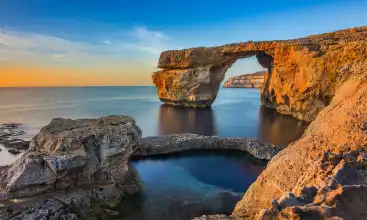
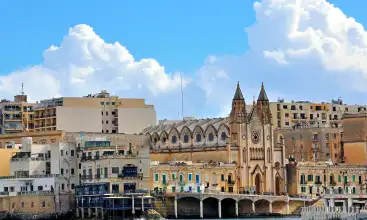
Useful tips for a well-prepared trip
Which insurance should I choose, and what's the deal with the deposit? Read our articles with useful information and tips to ensure you choose the right rental car for you.

Location information for Malta
Malta is best explored by rental car. EasyTerra Car Rental has over 28 pick-up locations in Malta. This means there is always a pick-up location close to your destination.
Most popular car hire locations in Malta
Introduction
The island Malta is a microstate in the Mediterranean Sea. The capital is Valletta. This city has close to ten thousand inhabitants. It isn't the largest city however. This is Birkirkara. All cities on Malta are small. Valletta is a very beautiful city. The late medieval centre still has intact city walls and is part of the UNESCO World Heritage List since 1980.
Besides Valletta there are many other magnificent spots on Malta. The island is a tourist attraction and for many good reasons. History clearly has left its marks. There are megalithic temples on the islands Malta and Gozo, dating from prehistoric time. Gozo is the second island of the republic given its size. Of historic interest is the fact that the Knights of Malta got their name from the Roman Catholic knights that stayed on the island. The remains of their buildings can still be admired.
Apart from these very interesting historic structures, the traditional country life on the islands is worth a visit. From Malta there are ferries to Gozo and Comino. These two islands are also inhabited. The other five islands that are part of the republic are uninhabited.
History
The still tangible history of Malta goes back to a time before the pyramids of Egypt and Stonehenge in Great-Britain were built. Remains from the Bronze Age can be found on Malta as well as on Gozo. The megalithic temples that still stand were built from around 3500 to 2500 BC.
Because of the arrival of the Phoenicians, Malta made its entrance into the history books. During one of the Punic wars, the Romans conquered Malta. Until the decline of the Roman Empire, Malta remained under Roman rule. The Phoenicians derived from present Lebanon. Around 1200 BC they colonized a number of Mediterranean regions. This is how they ended up on Malta.
Additionally, Malta was recorded in the Gospel according to St. Lucas. In it, he describes the apostle Paul being shipwrecked on the island. Until today St. Paul is the patron of Malta. It is said that his ship stranded at the coast near the present town St. Paul's Bay.
In spite of the evangelization of Paul, Malta was conquered and Islamized by the Arabs in the year 870. In 1127 the Vikings arrived on the island and took over Malta. The inhabitants converted back to Christianity during that period. When the Order of Saint John took Malta into their possession in 1530, the population was mainly Christian. From then on the knights of this order were also called 'Knights of Malta'. In Valletta, Mdina, Rabat and on Gozo, they built their fortresses.
In 1800 the Brits conquered the island. For one hundred and fifty years it would remain a colony of Great-Britain. English is still the second official language of the island.
During World War II the Siege of Malta took place. From April until June of 1941, the British troops and the German Luftwaffe battled around the island. Ever since the Germans had invaded North Africa, Malta had been on their supply route and had become very strategic to them because of this. In the end, the Germans had retreat hastily. The George Cross medal was given to the Maltese people because of the courage they had shown during this battle. The honor was given them by the British King.
Until 1964 the island remained a colony of the British Commonwealth. Thereafter, the queen of Britain remained the head of state for another ten years. Since 1974 Malta is a republic and has its own president.
Society and culture
Around 400.000 people live on Malta. This amount is relatively high considering the available land. This makes Malta one of the most densely inhabitant countries of the world. More than half of the Maltese population lives in the capital Valletta, or in Sliema. The island Malta is the cultural, commercial and administrative centre of the republic. Visitors of Gozo will find a society which is more specialized in fishery, tourism and handicrafts. The inhabitants of Gozo also occupy themselves with agriculture. The third island, Comino, is only sparsely inhabited.
Malta has two official languages. These are Maltese and English. The Maltese language derives from an Arabic dialect with strong influences from Italian, English and French.
Nearly all people of Malta are Roman Catholic. This is also the state religion. One fifth of the population is active in movements, groups and associations of the church. The Jesuits, Franciscans and Dominicans all have their orders established on Malta.
The Maltese culture has a strongly Mediterranean character, though British influences are also present due to the one hundred and fifty year occupation.
Culturally, Malta has interesting historic remains. The Megalithic Temples form a complex of seven temples, spread around the islands of Malta and Gozo. Between 3600 and 2600 BC these buildings were erected. They are architectural masterpieces considering the era in which they were constructed.
The capital of Valletta was built by the Order of St. John. The knighthood got its name 'Knights of Malta' from the island. The capital was named after the Grandmaster of the crusaders Jean de la Valette. In the city center there are still several of the knight's headquarters, or 'auberges', preserved in their entire splendor.
Finally, the Hal Saflieni Hypogeum is an underground complex built between 4000 and 2500 BC. The hypogeum probably served as a burial ground and a temple. This complex is also on the UNESCO World Heritage List.
Political situation
Malta is a Parliamentary Republic, divided into 68 districts. The president is the head of state. Since 2004 Eddie Fenech Adami holds this position. The prime minister is the leader of the government. Lawrence Gonzi has been prime minister since 2004. Every five years there are elections. The House of Deputies consists of 65 members. They choose the president, whose role is primarily ceremonial.
There are two major parties at Malta. The Nationalist Party is a Christian democratic party. The other one is the Malta Labour Party. This is a social democratic party.
Economy
Of old, many Maltese people have been fishermen or farmers. There has always been a lot of trade with foreign countries as well. Nowadays, fishery is not economically important any more. The importance of aquaculture is rising. This means that fish, crustaceans and shellfish are artificially kept in basins and cultivated for trade. The economy of Malta primarily depends on trade, tourism and banking. Malta is a popular tourist destination. Since 1987 the number of tourists visiting Malta has increased considerably.
Slate is the main source of income that can be directly derived from nature. Besides this the industry is based on the production of electronics and medicines.
In 2004 the island joined the European Union. Early in 2008 the Maltese Lira was replaced by the Euro.
Geography and climate
The island counts 316 square kilometers. Apart from the capital, the islands Gozo, Comino, Manoel Island, Cominotto, Fifla, Fungus Rock and St. Paul's islands are part of the republic. Only Malta, Gozo and Comino are inhabited.
Malta lies 93 kilometers south of Sicily and almost 290 kilometers north of Africa.
There are not many natural water resources on Malta. Therefore, the island's nature is mainly rugged with little flora. One of the characteristics of the island is the many coves and bays along the coast. Nearly all of the beaches are rocky. At the centre of the island there is a valley through which a road runs. Whenever there is heavy rainfall, the road turns into a roaring river.
Malta's climate is Mediterranean. The summers are long, dry and hot. The average temperature between April and October lies around 26 degrees Celsius. During this season the Sirocco often blows. The wind carries sand and dust from the desert. Winters are never very cold. In winter there is usually some rainfall.
Traffic and infrastructure
Drivers are advised to be aware of the fact that people drive on the left on Malta. The maximum speed on the island is 65 km/h. The car is the most convenient means of transportation. It gives you the opportunity to visit the more remote areas of the island.
On Malta and Gozo bus transportation is excellent.
Ferries connect Gozo and Malta. The journey takes about twenty minutes.
Approximately eight kilometers south west of Valletta lies Malta International Airport. From here flights go to most European cities as well as North Africa.
Food and drink
Maltese people do not have sumptuous breakfasts. Around twelve o'clock hunger sets in and this is the time when people are starting to make their way to the bakery. The inhabitants of Malta are sweet teeth. Those who prefer something salty can try a hobz biz-zeyt. This is a brown roll filled with tuna, tapenade, dried tomatoes, caper and basil. The pastizzi are also nice snacks made from puff pastry and filled with ricotta and mashed peas.
Though Maltese people used to dine at noon, these days they have dinner around eight o'clock in the evening. The Maltese cuisine has been influenced by the Sicilian cuisine and the Arabic world. The English cuisine has also left its marks.
Soppa ta'l-arma is a nice vegetable soup. It is also known as the 'widow's soup'. Typical Maltese dishes have fish or rabbit in them. Even spaghetti is prepared with a sauce of rabbit. In autumn the most popular dish is fenkata: fried rabbit with potatoes, onions and peas, stewed in red wine. Another specialty of the island is bragioli. This is a spicy meat dish with olives.
Many of the dishes contain fish. After all, Malta is an island. When there is an abundance of fish, the Maltese make aljotta, a fish soup. Lampouki pie is a fish pie that is eaten a lot. Octopus is used to make stews and sauces for various pastas.
Visitors of Malta are often amazed by the delicious bread of the island. There is also an abundance of fruits on Malta. Melons, figs, peaches, apricots and citrus fruits taste particularly good here.
The Maltese climate is excellent for grapes. Maltese wine can be recommended to accompany your dinner. Kinnie and krest are typical non alcoholic Maltese drinks. The first drink tastes bitter and is made from herbs and oranges. Krest tastes very similar to kinnie and is also a carbonated drink.
Time zone
On Malta the time is GMT/UTC +1. During summer the clock is put forward one hour.
Accommodation
Tourism is one of the main sources of income on Malta. One can find more than enough places to spend the night on the Islands of Malta, Gozo and Comino.
Malta offers shelter in luxurious as well as budget hotels. The ranking of hotels is done by a five star classification system.
Especially in the cities of Valletta, Sliema, Rabat, Msida and St. Paul's Bay there are also many hostels and guesthouses.
Nowadays, a very popular form of accommodation is the farm. On Malta, but especially on Gozo, there are various farmhouses that offer a place to spend the night.
There are also camp sites on the island. These are classified by the before mentioned star system.
External sources
For more information about Malta we recommend Google and the following sources:
- Wikipedia, Malta
- Official site of the Maltese government
Practical information
-
CurrencyEuro
-
Driving directionLeft
-
City speed limit50 km/h
-
Freeway speed limit80 km/h
-
LanguageEnglish, Maltese
-
Popular car categoryMini
What most people want to know
The following questions and answers are a selection of the most popular questions. If you do not find the answer to your question, have a look at the Frequently Asked Questions page or contact us.
- Budget
- CarQ
- Europcar
- Enterprise
- First Car
- Alamo
- Autounion Car Rental
- Sixt
- Avis
- Exer Rent A Car
- Green Motion
- Abbycar
- Thrifty
- FireFly Car Rental
- Hertz
- SurPrice car rentals
- OK Mobility
- wheego
- Smart Rent
- Carwiz rent a car
- addCarRental
- InterRent
- Rhodium Car Rental
- NÜ Car Rentals
- United rent a car
- Routes
- ACE Rent A Car
- Zezgo
- Sicily by Car
- Goldcar
- Cargini
- National Car Rental
- Dollar Rent a Car
- U-Save Auto Rental
- Right Cars
- Mex Rent a Car
- OtoQ


